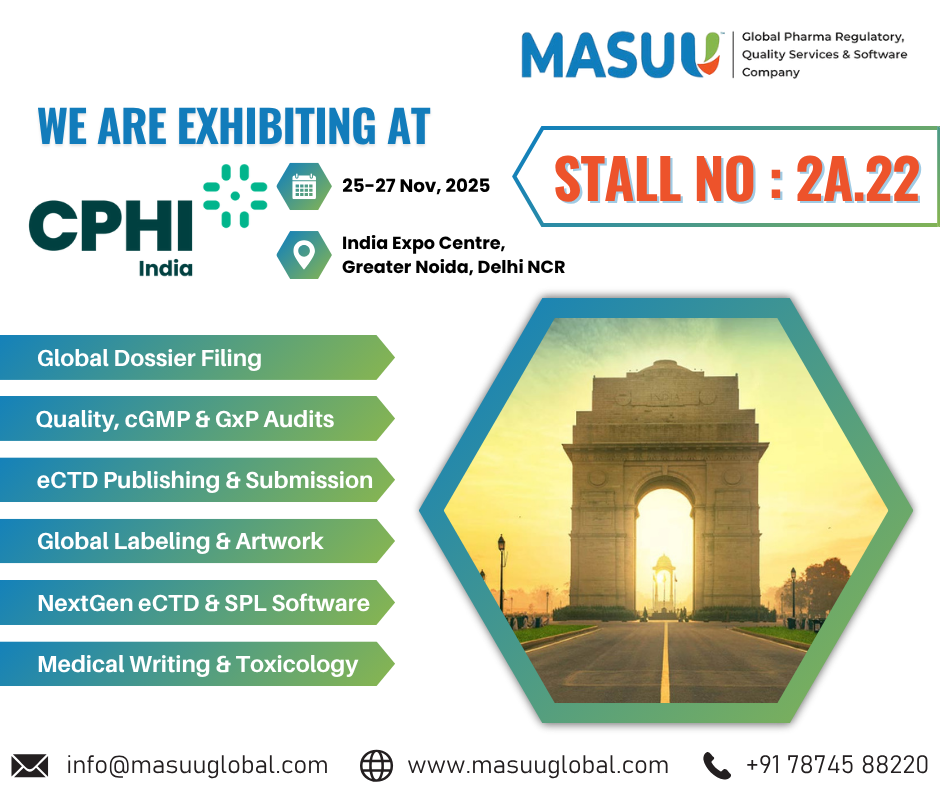Pharmacovigilance (PV) inspections are a crucial part of ensuring public health safety within the European Union (EU). These inspections are conducted by national competent authorities in cooperation with the European Medicines Agency (EMA) to verify that marketing authorisation holders (MAHs) are meeting their pharmacovigilance obligations.

- To confirm that the MAH has the necessary personnel, systems, and infrastructure to fulfil pharmacovigilance duties.
- To identify and address non-compliance that may pose risks to public health.
- To enable enforcement actions where deficiencies are detected.
- Based on Scope
- System Inspections: Focus on the MAH’s overall PV system (processes, staff, facilities).
- Product-related Inspections: Target specific products but may also review system elements relevant to them.
- Based on Timing or Trigger
- Routine Inspections: Pre-scheduled, typically system-focused, sometimes using specific products as examples.
- “For Cause” Inspections: Triggered by specific concerns (e.g., risk signals, complaints, or data irregularities).
- Based on Authorisation Status
- Pre-authorisation Inspections: Conducted to review proposed PV systems before a product is approved.
- Post-authorisation Inspections: Assess compliance after the product has been authorised for the market.
- Based on Notification
- Announced Inspections: Usually notified in advance, allowing preparation.
- Unannounced or Short-notice Inspections: May occur where notification would undermine the inspection’s purpose.
- Re-inspections
- Performed when there’s a need to verify implementation of corrective actions or based on a risk-based prioritization.
- Remote Inspections
- Conducted using online tools, particularly useful when key PV sites are located outside the EU or face access limitations.
- Be Inspection-Ready at All Times
- Maintain the Pharmacovigilance System Master File (PSMF)
- Facilitate Site Inspections
- Provide Complete Documentation
- Ensure Staff Availability
- Data Accessibility
- Implement CAPA (Corrective and Preventive Actions)
- Regular Internal Audits: Review compliance with GVP guidelines and address gaps proactively.
- Update SOPs and Training Records: Ensure procedures are current and staff training is documented.
- Mock Inspections: Conduct simulated inspections to test preparedness and staff responses.
- CAPA Follow-up: Maintain a CAPA tracker and evidence of timely implementation.
- Ensure PSMF Accuracy: Regularly review and update your pharmacovigilance system master file.
- Vendor Oversight: Monitor third parties performing PV activities and include them in inspection preparedness.
- Documentation Readiness: Have all essential documents (e.g., safety reports, contracts, audit trails) organized and readily retrievable.
Pharmacovigilance inspections are vital to the EU’s drug safety framework, ensuring that marketing authorisation holders maintain compliant systems to protect public health. Sustained preparedness, transparency, and collaboration between regulators, industry, and partners like Masuu are essential to advancing pharmacovigilance and ensuring the safe use of medicines.”

